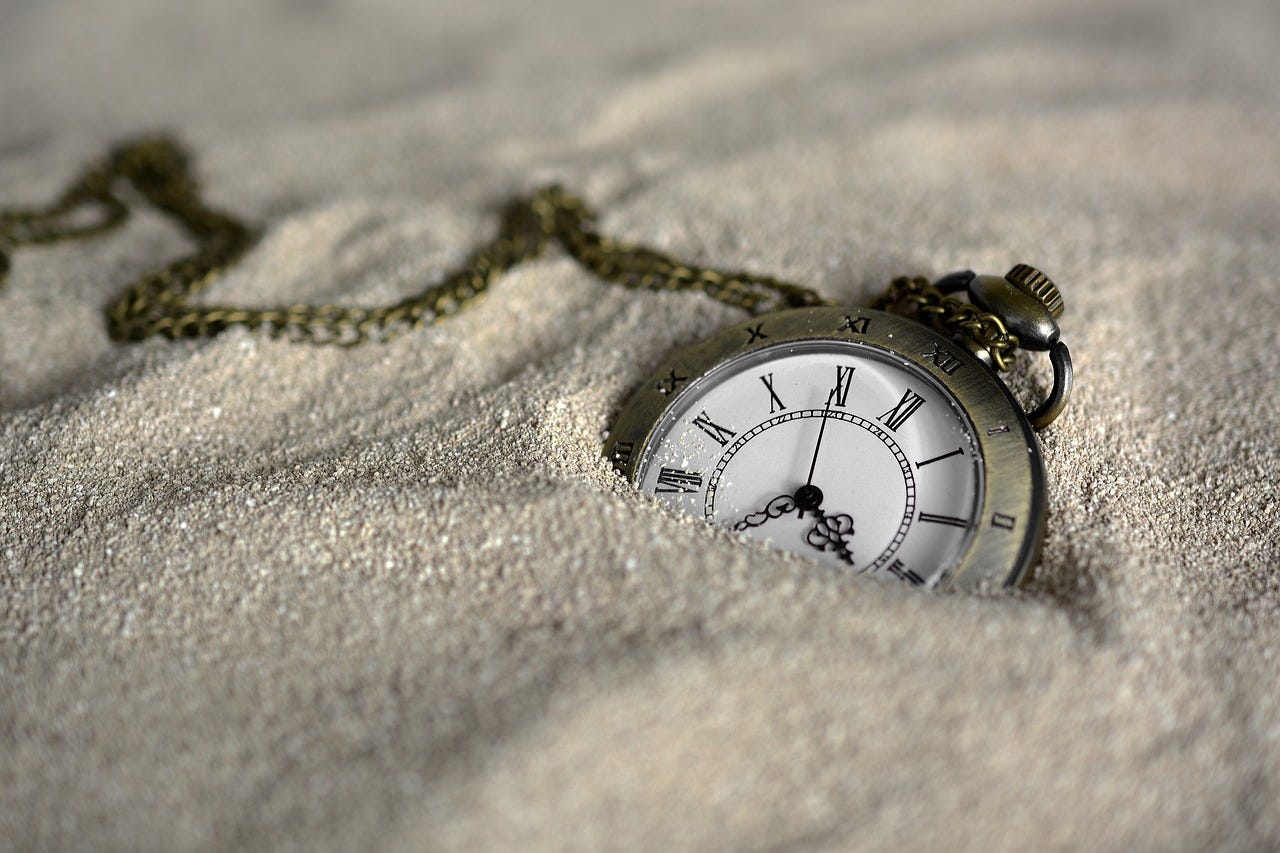Throwback Thursday is devoted to sharing previously published essays by yours truly. Many of them have been published on other websites. This week’s TBT was published by BioLogos.

For everything there is a season and an internal clock (or two) to keep track of them. Biological clocks can be found in bacteria, insects, birds and even humans.
On the fourth day of creation God ordered lights to appear in the sky, separated the day from the night, placed the sun and the moon in the sky, established days, seasons, and years, and called it “good.”
God has also provided two biological clocks—circadian clocks and photoperiodic timekeepers—to measure time and provide a way for living things to respond to the passing of days, seasons, and years. The circadian clock tracks the cycle between day and night over the course of a day, and the photoperiodic timekeeper tracks the length of each photoperiod, a term used for the number of hours of daylight during a 24-hour period, and changes in the photoperiod that define the passing of the seasons.
Clocks are not included in the creation narrative, so we don’t know exactly when they first appeared. But scientists think clocks originated more than a hundred million years ago. One of the most ancient clocks is found in cyanobacteria, a primitive one-celled organism. Cyanobacteria have a blue-green pigment that allows them to use sunlight to produce energy. Scientists think that having a way to track and predict when sunlight would be available gave them an advantage over any neighbors who had to just take their chances. Over evolutionary time, the number of organisms with a clock outnumbered the ones that couldn’t respond to predictable changes in the seasons. Today, thanks to natural selection, clocks are found in bacteria, fungus, plants, insects (and other spineless wonders), and vertebrates, including us.
One thing I find surprising, and more than a little amazing, is that even though so many wildly different types of living things have clocks, they all have many of the same basic parts. They all share pigments that detect light, a way to keep track of how long the light is present each day, and a method for knowing whether there was the same amount of light the day before. In insects, the group of animals that I use for my research, the circadian clock includes two interacting feedback loops that, in my opinion, are as intricate and awesome as any human designed timepiece.
Continue reading Biological Clocks and God’s Good Creation as originally posted by BioLogos as part of their Wonder and Worship collection.




So cool!